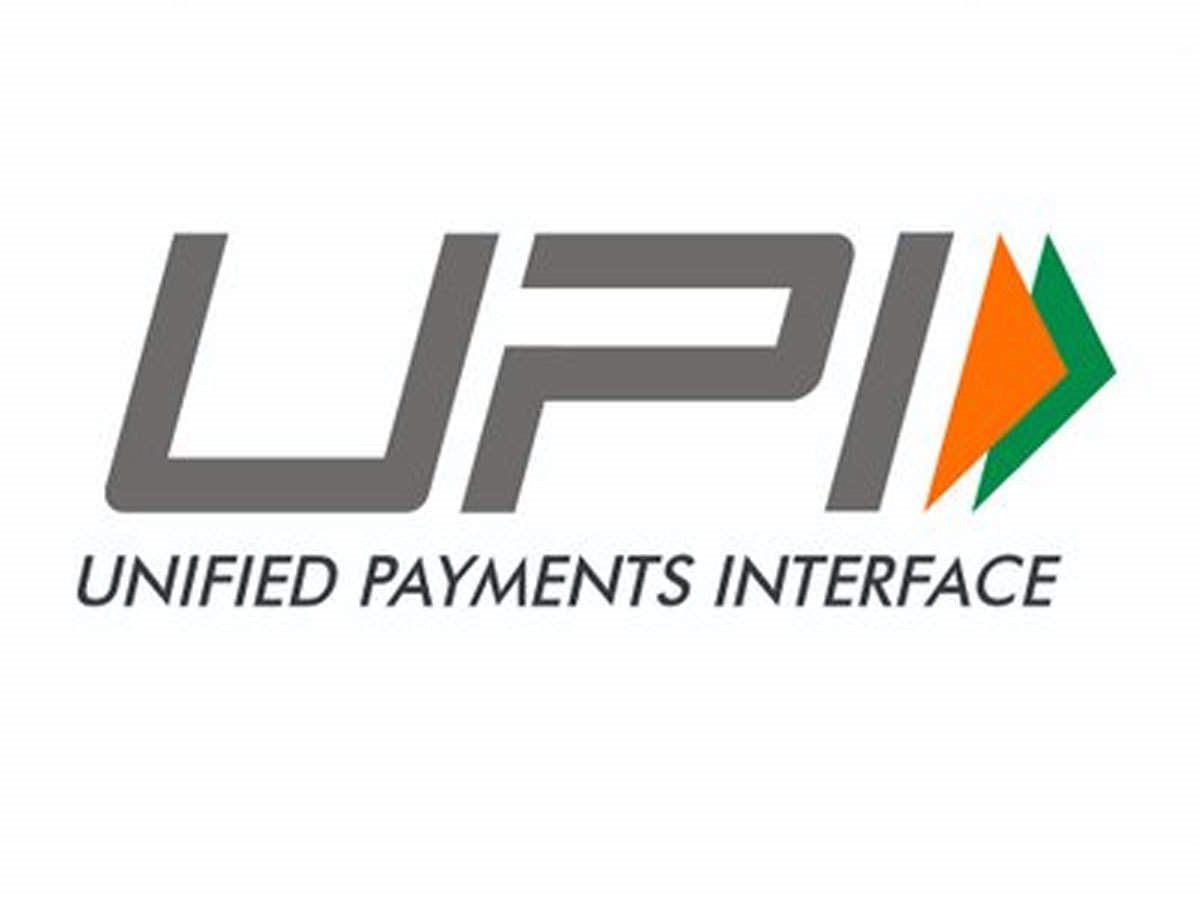
UPI (Unified Payments Interface)
Introduction
Unified Payments Interface (UPI) is a revolutionary system developed in India that facilitates instant money transfer between bank accounts through a mobile platform.
Launched in 2016 by the National Payments Corporation of India (NPCI), UPI has transformed the digital payments landscape in India, promoting financial inclusion and enhancing the ease of transactions.
It combines multiple bank accounts into a single mobile application, integrating various banking features, seamless fund routing, and merchant payments under one umbrella.
Who is Behind UPI?
The brainchild of the NPCI, UPI was developed in collaboration with the Reserve Bank of India (RBI) and the Indian Banks Association (IBA). The NPCI is an umbrella organization for operating retail payments and settlement systems in India.
Founded in 2008, NPCI is a not-for-profit organization aimed at creating robust payment and settlement infrastructure in India. It is backed by the central bank, the RBI, and a consortium of major Indian banks.
How UPI Works with NPCI
UPI operates under the management and guidance of NPCI, which ensures its functionality and security. The interface works by allowing users to link their bank accounts to a mobile application that supports UPI.
Upon successful linking, users can transfer funds, make payments, and perform various banking activities using their smartphones.
NPCI acts as the central switch that facilitates inter-bank transactions. It manages the authorization, authentication, and settlement of UPI transactions. The process involves the following steps:
- User Authentication: The user initiates a transaction and authenticates it using a UPI PIN.
- Transaction Processing: The UPI app sends a request to NPCI, which routes the transaction to the respective banks.
- Fund Settlement: NPCI processes the transaction, ensuring fund settlement between the sender’s and receiver’s banks.
- Confirmation: The user receives a confirmation of the successful transaction.
Core Elements in Payment
The core elements that make UPI efficient and secure include:
- Virtual Payment Address (VPA): This unique identifier eliminates the need to share sensitive bank account details. A VPA can be as simple as username@bank.
- UPI PIN: A 4-6 digit number set by the user to authorize transactions, adding a layer of security.
- NPCI Switch: The central infrastructure that processes and routes UPI transactions between banks.
- Banking System: Banks play a crucial role by verifying account details and facilitating fund transfers.
- User Interface: The mobile apps that provide a user-friendly interface for customers to interact with UPI.
Architecture of UPI
The UPI architecture is designed to be scalable, secure, and resilient. It comprises several components:
- User’s Mobile Application: The front-end interface where users initiate transactions.
- Bank’s Systems: These systems handle user authentication, account verification, and fund transfers.
- NPCI Switch: This acts as an intermediary, ensuring seamless communication and transaction processing between different banks.
- Security Protocols: Advanced encryption and security measures to protect user data and transaction integrity.
The architecture is built on the Immediate Payment Service (IMPS) platform, allowing real-time transaction processing and settlement.
Virtual Payment Address (VPA)
A Virtual Payment Address (VPA) is a unique identifier assigned to a user’s bank account, simplifying the payment process. Instead of using sensitive information like account numbers or IFSC codes, users can share their VPA to receive payments.
For example, a VPA could look like "username@bank" or "mobile@bank." This aliasing system enhances security and convenience in digital transactions.
Types of Payment Requests
UPI supports two primary types of payment requests:
- Push Requests: Where the payer initiates a transaction to transfer money to the beneficiary.
- Pull Requests: Where the beneficiary requests money from the payer. The payer needs to approve the request for the transaction to complete.
These mechanisms provide flexibility for various payment scenarios, from person-to-person transfers to merchant payments.
Advantages
UPI offers numerous advantages that have contributed to its widespread adoption:
- Instant Transactions: Real-time processing ensures quick fund transfers.
- 24/7 Availability: Transactions can be performed at any time, unlike traditional banking hours.
- Convenience: Users can manage multiple bank accounts through a single app.
- Security: Enhanced security measures, including UPI PIN and VPA, protect against fraud.
- Cost-Effective: Minimal transaction fees compared to other payment methods.
- Integration with Other Services: UPI can be integrated with various financial services and applications, enhancing its utility.
Applications
UPI’s versatility has led to its integration across various sectors:
- E-commerce: Facilitates seamless payments for online shopping.
- Bill Payments: Allows users to pay utility bills, insurance premiums, and more.
- Peer-to-Peer Transfers: Enables instant money transfers between individuals.
- Merchant Payments: Simplifies payments at retail stores and service providers.
- Financial Services: Integrated with investment platforms, lending services, and more.
- Government Services: Used for subsidy disbursements and other governmental payments.
Conclusion
UPI has revolutionized the payments landscape in India, driving digital adoption and financial inclusion. Its seamless, secure, and real-time transaction capabilities have made it a preferred choice for millions of users.
As UPI continues to evolve, it is expected to further enhance its features, security measures, and integration capabilities, solidifying its role as a cornerstone of India’s digital economy.
The success of UPI showcases India’s potential in pioneering innovative financial technologies and sets a benchmark for other nations aiming to develop robust digital payment infrastructures.
Comments (0)
Categories
Recent posts


AIIMS Paramedical 2024: Application ...
13 Jun 2024
10 October 2023 Today in History ...
10 Oct 2023
JEE Advanced Question Paper 2024 - JEE ...
10 Sep 2023



